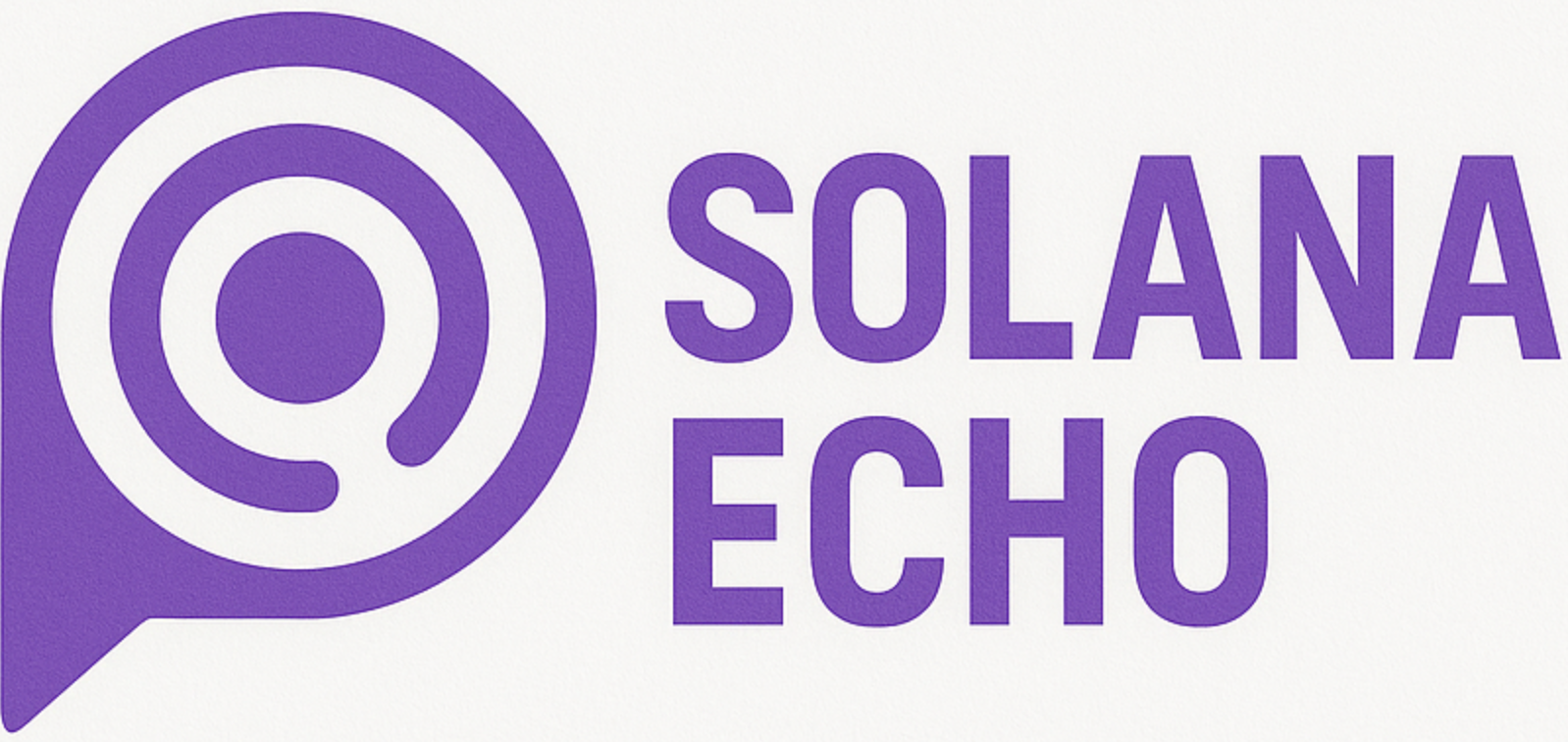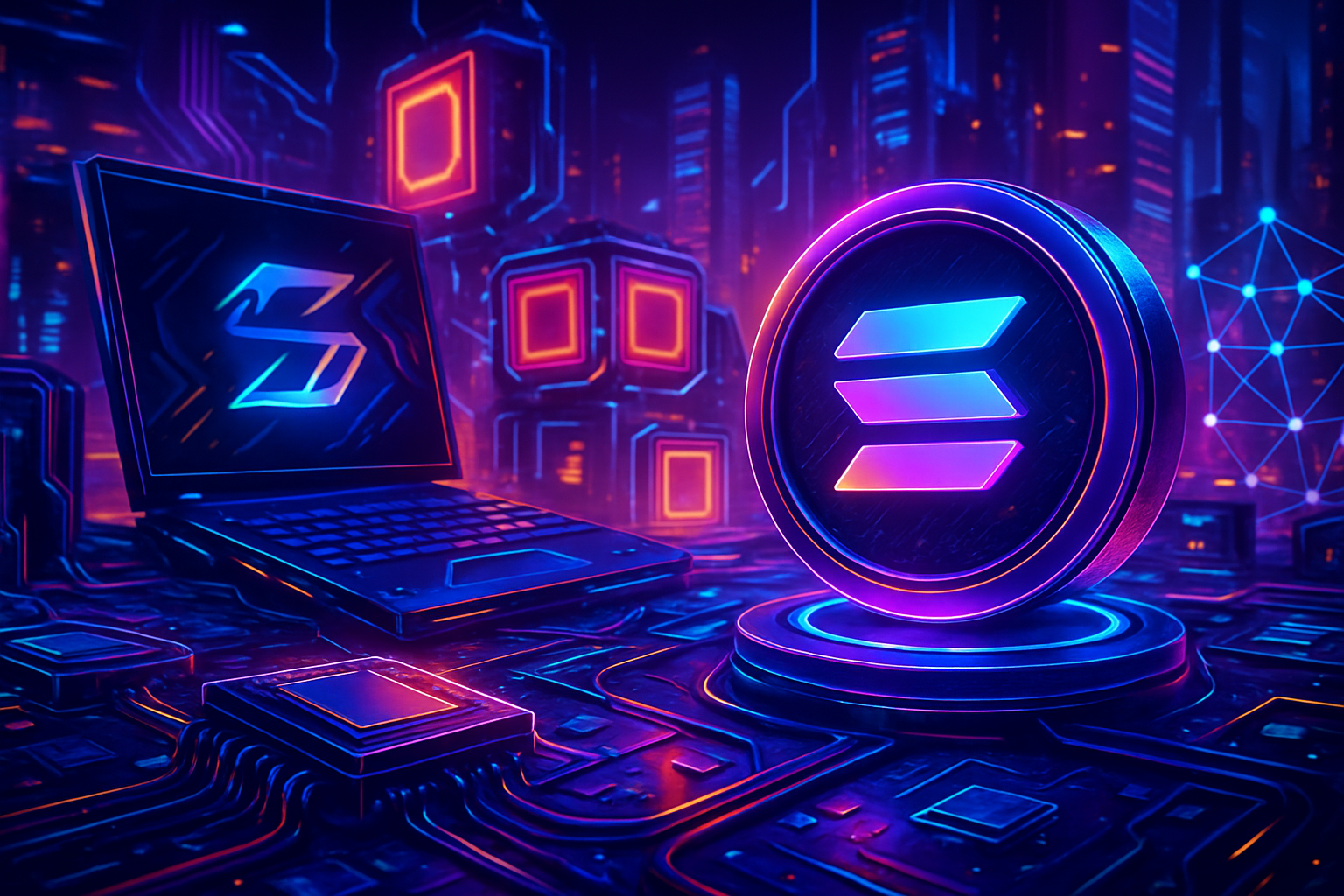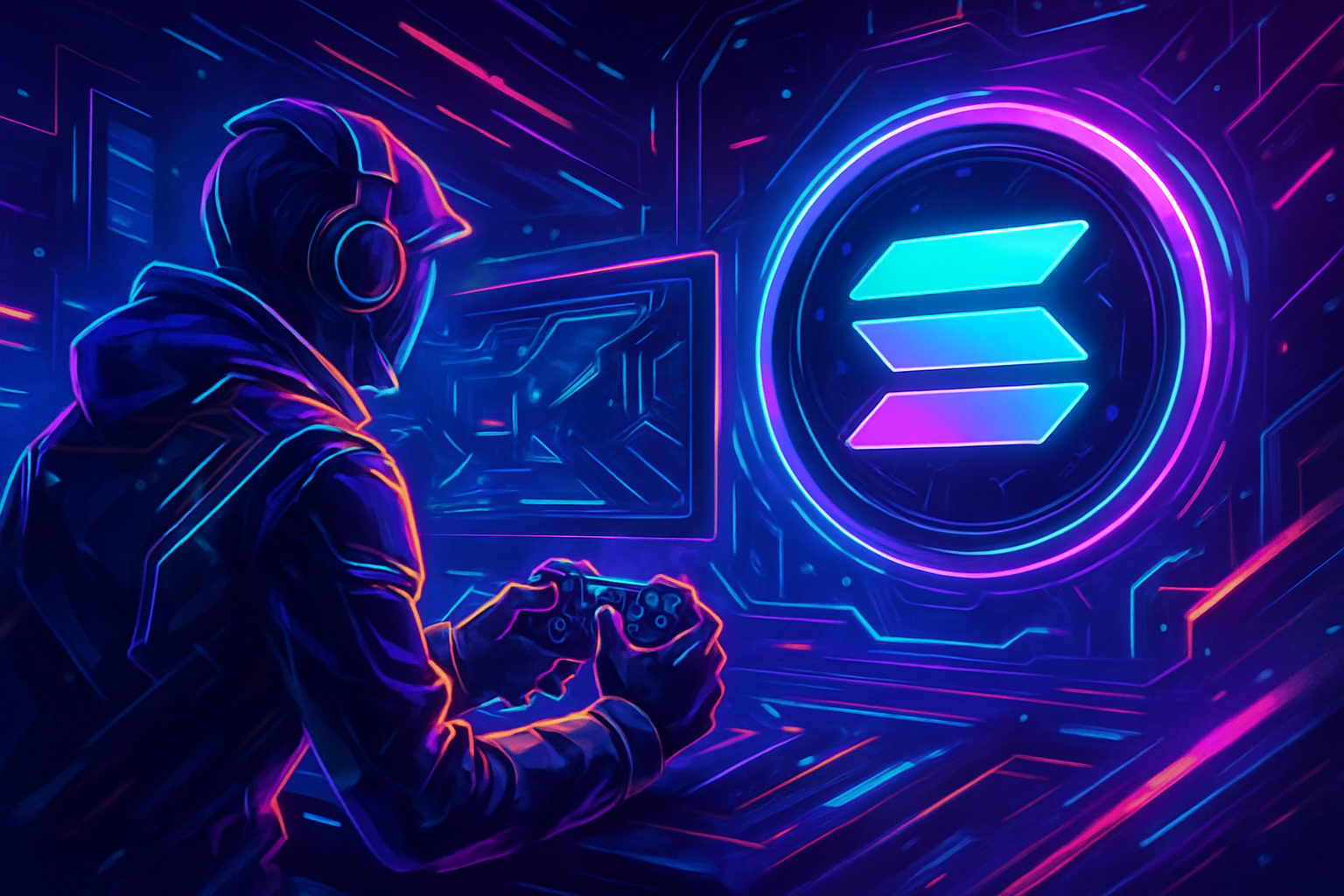Solana Breaks Records: 104,529 Transactions Per Second on Mainnet Visualized
On August 17,2025, the Solana blockchain set a new high-water mark for decentralized networks, processing a remarkable 107,664 transactions per second (TPS) on its mainnet. This achievement is not just a technical milestone – it is a vivid demonstration of how far blockchain infrastructure has come in the race to scale for mainstream adoption. For developers, investors, and users alike, these numbers are more than statistics; they represent the tangible progress of an ecosystem determined to push boundaries.
Solana Mainnet Performance: Breaking the Scalability Barrier
The blockchain world has long grappled with the “scalability trilemma” – the challenge of balancing speed, security, and decentralization. Solana’s latest record TPS burst is a direct response to this dilemma. At precisely 11: 39: 21 UTC on August 17th, the Cavey Cool validator produced several blocks that catapulted network throughput to unprecedented levels. According to KuCoin’s coverage, this wasn’t just a theoretical or testnet achievement; it happened live on Solana’s mainnet-beta environment.
For context, prior to this event, Solana’s average TPS hovered around 4,262 – already outpacing most competitors in the public blockchain sphere. However, this sudden burst to over 100k TPS is indicative of both organic demand and robust technical innovation within the network.
What Drives Solana’s Record-Breaking Speed?
The engine behind these numbers is not magic; it’s engineering. The introduction of Firedancer, a new validator client developed by Jump Crypto and discussed in detail at Breakpoint 2024, has been transformative for Solana’s throughput potential. Firedancer has shown in testing that it can handle over one million TPS on commodity hardware – a quantum leap from what was previously thought possible for any blockchain.
This software upgrade isn’t just about raw speed; it also improves reliability and reduces latency across the network. For developers building DeFi protocols or NFT marketplaces on Solana, these improvements mean smoother user experiences and lower transaction costs (still averaging less than $0.0025 per transaction).
Visualizing Solana Analytics: Beyond Just Numbers
For those tracking real-time performance or comparing blockchains side-by-side, platforms like Chainspect provide granular analytics on metrics such as block time and governance models in 2025. The visualization of network activity, spikes in TPS during peak hours or major launches, offers transparency and confidence to both institutional investors and retail users considering Solana as their platform of choice.
The recent surge coincides with an explosion in ecosystem activity: as of April 2025, Solana surpassed 400 billion total transactions, reflecting broad-based adoption across gaming, DeFi, NFTs, and beyond (source). Meanwhile, Total Value Locked (TVL) reached $10 billion earlier this year, a testament to growing developer trust and user participation (source).
Solana (SOL) Price Prediction 2026-2031
Forecast based on Solana’s record-breaking TPS, ecosystem growth, and latest market data ($190.03 as of August 2025)
| Year | Minimum Price | Average Price | Maximum Price | Year-over-Year % Change (Avg) | Key Scenario Insights |
|---|---|---|---|---|---|
| 2026 | $160.00 | $210.00 | $270.00 | +10.5% | Potential consolidation after 2025 highs; DeFi/NFT use cases expand. Regulatory scrutiny possible. |
| 2027 | $180.00 | $245.00 | $340.00 | +16.7% | Bullish: Institutional adoption, increased TVL. Bearish: Macro volatility, altcoin competition. |
| 2028 | $200.00 | $290.00 | $400.00 | +18.4% | Major upgrades (e.g., Firedancer mainstream); Solana cements role in DeFi/Web3. |
| 2029 | $230.00 | $340.00 | $480.00 | +17.2% | Mainstream DeFi/NFT integration; strong developer activity; potential for regulatory clarity. |
| 2030 | $260.00 | $395.00 | $570.00 | +16.2% | Global adoption accelerates; potential flippening scenarios with top blockchains. |
| 2031 | $300.00 | $450.00 | $670.00 | +13.9% | Mature ecosystem, robust cross-chain interoperability, mass-market use cases. |
Price Prediction Summary
Solana’s breakthrough in transaction throughput and ongoing ecosystem growth position it as a leading blockchain for DeFi and Web3. The price outlook is positive with progressive growth expected, especially as network upgrades like Firedancer come online and institutional adoption increases. However, the market remains volatile and subject to macro and regulatory risks, reflected in broad min-max ranges each year.
Key Factors Affecting Solana Price
- Network scalability and technology upgrades (e.g., Firedancer validator client)
- Ecosystem growth in DeFi, NFTs, and Web3 applications
- Global regulatory environment and institutional adoption
- Market cycles, liquidity, and macroeconomic trends
- Competition from other layer-1 blockchains (Ethereum, Avalanche, etc.)
- Security, reliability, and user/developer retention
Disclaimer: Cryptocurrency price predictions are speculative and based on current market analysis.
Actual prices may vary significantly due to market volatility, regulatory changes, and other factors.
Always do your own research before making investment decisions.
The Impact on SOL Token Price and Ecosystem Confidence
This technical leap has not gone unnoticed by markets. As of August 18th, SOL trades at $190.03, reflecting market optimism tied directly to these network upgrades and usage milestones. While price alone does not capture the full story, especially given crypto volatility, the sustained upward trend signals growing investor confidence that Solana can deliver where others have stumbled.
In summary so far: Solana’s latest mainnet burst isn’t just another headline, it is proof that scalable Web3 infrastructure is arriving faster than many predicted. In the next section we’ll explore how this newfound capacity is being put to use by developers and what it means for users navigating an increasingly fast-paced digital economy.
Real-World Utility: Solana’s High TPS in Action
With the technical groundwork firmly laid, the question becomes: how are developers, users, and projects capitalizing on Solana’s newly demonstrated throughput? The answer is visible across a range of sectors. In DeFi, protocols benefit from near-instant settlement and negligible fees, enabling high-frequency trading strategies and complex derivatives that would be impractical or cost-prohibitive on slower chains. NFT marketplaces see smoother minting events and real-time bidding wars without the network congestion that plagues competitors.
Top 5 Solana dApps Leveraging High TPS
-
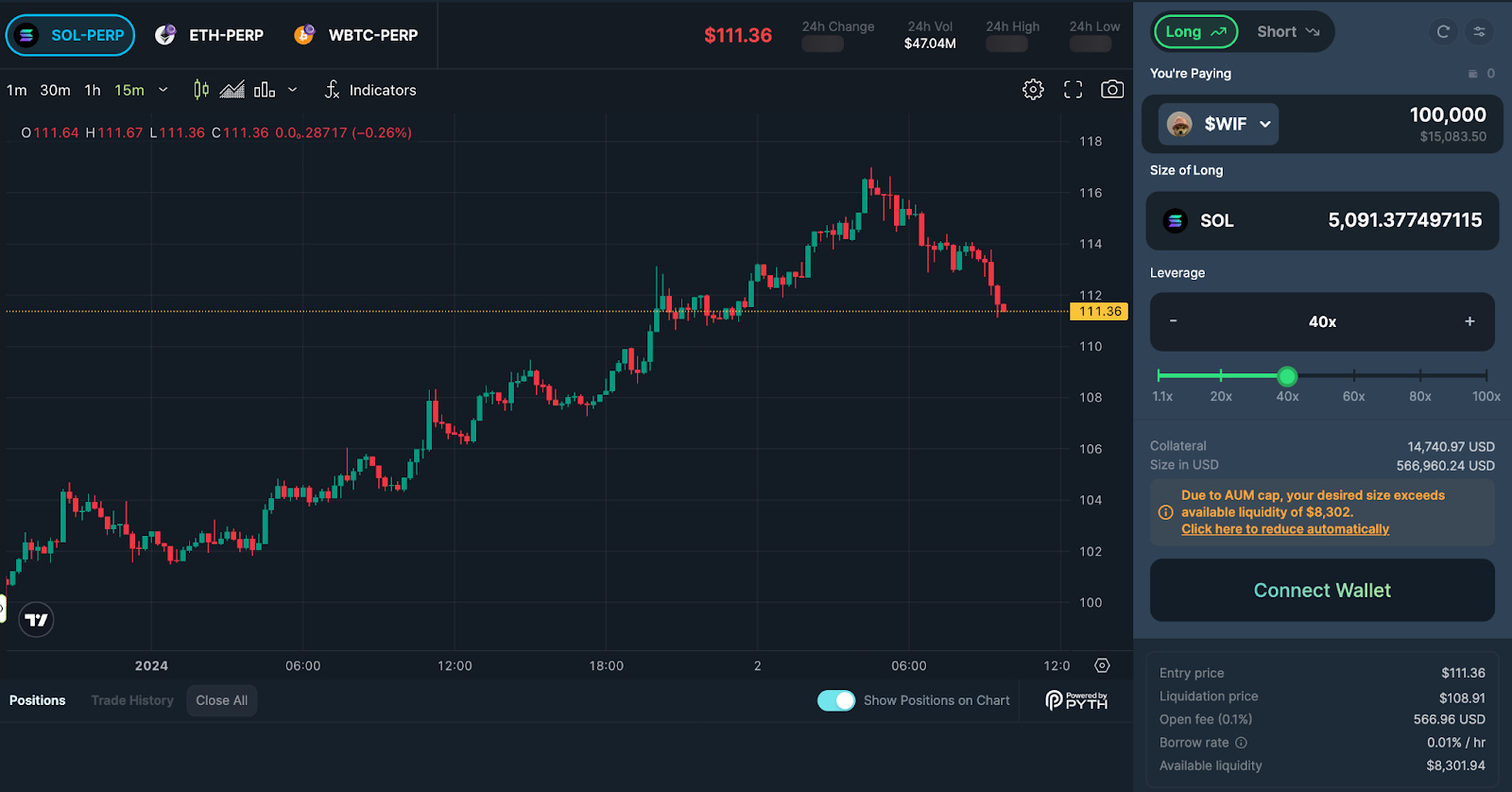
Jupiter — As Solana’s leading decentralized exchange (DEX) aggregator, Jupiter routes trades across multiple DEXs in real time. Its high-frequency trading, instant swaps, and deep liquidity pools rely on Solana’s record-breaking TPS to offer near-zero slippage and sub-second settlement for users.
-
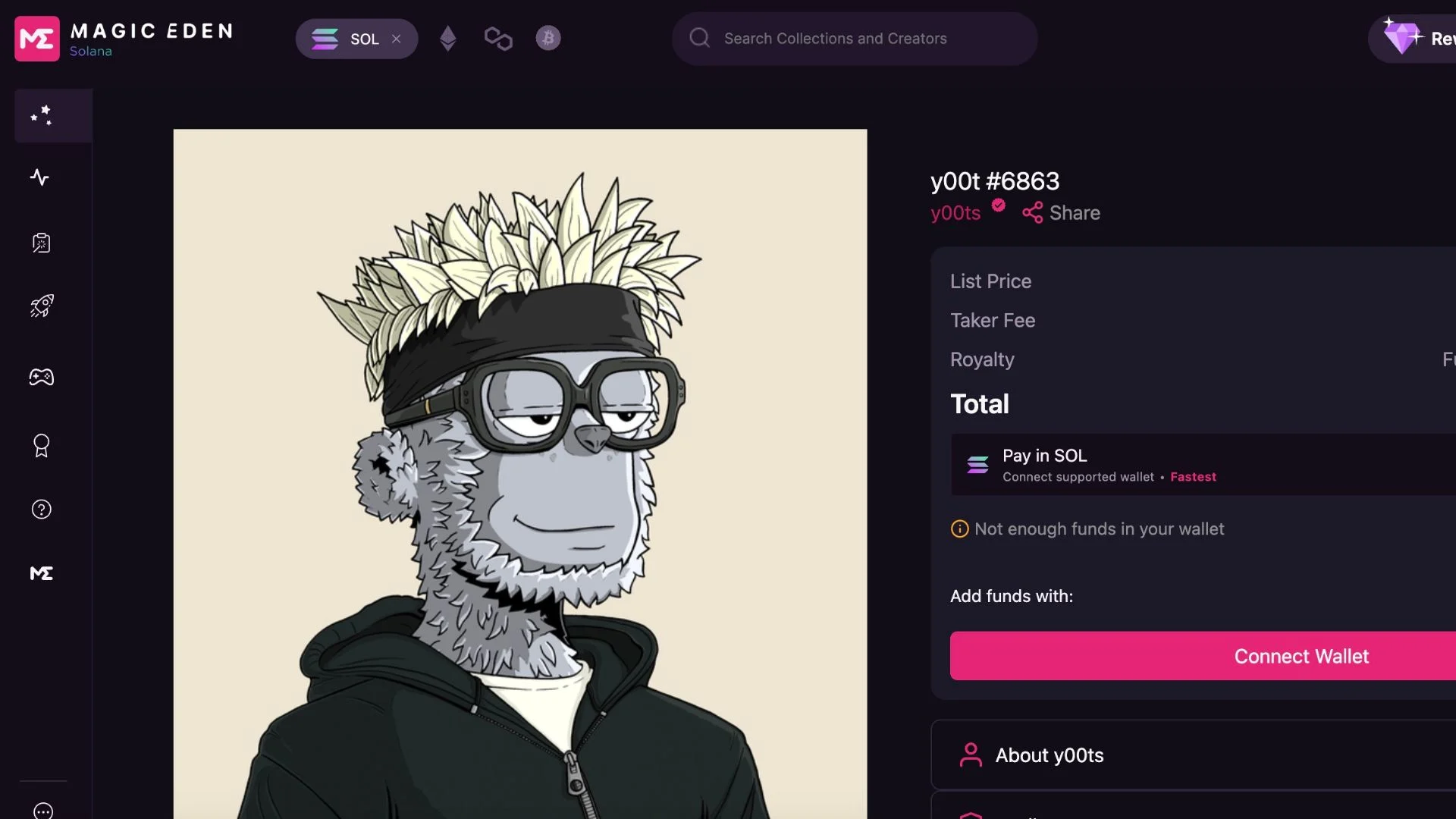
Magic Eden — Magic Eden is the top NFT marketplace on Solana, handling thousands of NFT mints, bids, and trades every second. The platform’s seamless user experience and rapid transaction confirmations are made possible by Solana’s high throughput.
-

Drift Protocol — Drift Protocol is a decentralized perpetual futures exchange that leverages Solana’s speed for real-time order matching and liquidations. Drift’s on-chain order book and high-frequency trading environment depend on Solana’s ability to process tens of thousands of transactions per second.
-

Helium Mobile — The Helium Mobile network migrated to Solana, using its high TPS to support millions of microtransactions for wireless network usage, rewards, and device onboarding. This enables scalable, low-fee connectivity for IoT devices and mobile users worldwide.
-

Marinade Finance — Marinade Finance is the largest liquid staking protocol on Solana. It leverages the network’s high TPS to efficiently process staking, unstaking, and rewards distribution for thousands of users, ensuring fast and cost-effective DeFi participation.
Gaming on Solana is also experiencing a renaissance. With transaction speeds rivaling centralized servers, Web3 games can deliver seamless multiplayer experiences, dynamic asset management, and true player ownership without performance bottlenecks. This is not theoretical; dozens of live titles already demonstrate how low-latency blockchain infrastructure can underpin next-generation gaming economies.

Ecosystem Growth: From Milestone to Momentum
The ripple effects of this record-setting mainnet burst extend well beyond technical bragging rights. According to Solana’s own reporting, the network’s TVL milestone of $10 billion earlier in 2025 was not a fluke but part of a sustained pattern of ecosystem expansion. Institutional players are increasingly viewing Solana as a credible backbone for scalable Web3 applications, while grassroots communities continue to drive innovation at the user level.
Importantly, these advances have not come at the expense of accessibility. Transaction costs remain consistently below $0.0025, a figure that makes experimentation feasible for indie developers and microtransactions practical for users worldwide.
Looking Forward: What’s Next for Solana?
As we look toward the remainder of 2025 and beyond, all eyes are on how Solana will sustain this momentum. The Firedancer validator client is still rolling out across more nodes; further optimization may push average TPS even higher under real-world conditions. Meanwhile, new projects entering the ecosystem will test these limits in practical terms, especially as mainstream brands experiment with tokenization and decentralized identity solutions built atop Solana.
For investors tracking SOL’s trajectory, currently at $190.03: the fundamental story is one of growing utility meeting technical execution. While short-term volatility remains inherent to crypto markets, long-term confidence hinges on continued delivery against ambitious roadmaps and real-world user adoption.
The bottom line? In an industry often defined by hype cycles and vaporware promises, Solana’s record-setting mainnet burst provides concrete evidence that scalable blockchain infrastructure is not just possible but already here, and rapidly becoming indispensable to the next era of digital innovation.
